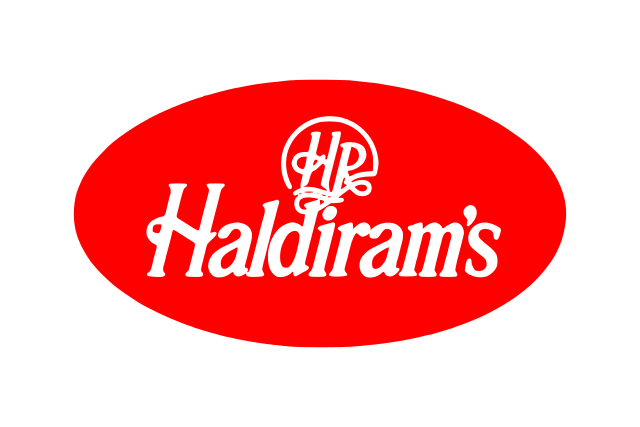Tata Group’s consumer unit is currently engaged in discussions to acquire a controlling stake of at least 51% in the beloved Indian snack food giant, Haldiram’s. However, sources reveal that Tata is grappling with the hefty $10 billion valuation attached to the deal. This development places the Indian conglomerate on a collision course with industry heavyweights like Pepsi and the retail juggernaut, Reliance Retail, owned by billionaire Mukesh Ambani.
Haldiram’s, an iconic brand deeply ingrained in Indian households, is not limiting its options. Alongside negotiations with Tata, it’s exploring the possibility of selling a 10% stake to private equity firms, including Bain Capital.
Tata Consumer Products, the arm of Tata Group that owns renowned brands like UK’s Tetley and enjoys a partnership with Starbucks in India, has voiced reservations about the lofty $10 billion valuation. This skepticism stems from the fact that Haldiram’s annual revenue hovers around $1.5 billion, a fraction of the proposed acquisition cost.
Also Read :- Hardships faced by small brands in the retail industry
Bhujia to Billions: The Haldiram’s Snack Empire’s Tata Takeover

While Tata aims to secure more than a 51% stake, it has made it clear to Haldiram’s that their financial expectations are far from aligned. Despite the complexities, this acquisition holds immense promise for Tata. One insider revealed, “Tata (Consumer) is often associated with tea, but Haldiram’s has an extensive presence in the consumer market with a substantial market share.”
When approached for comments, a spokesperson for Tata Consumer Products declined to comment, mirroring the silence from Haldiram’s Chief Executive Krishan Kumar Chutani and Bain Capital.
Haldiram’s, a family-run business with origins dating back to a humble 1937 shop, is renowned for its affordable yet delicious “bhujia” snacks, which can be found for as little as 10 rupees in mom-and-pop stores across India. The brand boasts a commanding 13% share of India’s $6.2 billion savory snack market, a figure on par with Pepsi, famed for its Lay’s chips.
Beyond Indian borders, Haldiram’s has successfully expanded its reach, with its snacks available in international markets such as Singapore and the United States. Additionally, the company operates approximately 150 restaurants that serve a wide range of local and international cuisines.
Acquiring Haldiram’s would significantly amplify Tata’s footprint in the consumer products segment. As Ankur Bisen, head of consumer and retail at Indian consultancy Technopak, aptly puts it, “If you want to suddenly grow big in size, no one better to provide access than Haldiram’s. No other brand conquers packaged food and food services with such panache.”
Also Read :- Crucial tips to escalate personalization in retail industry
To provide some context, Tata’s consumer unit, in addition to its tea brands, deals in products like salt, pulses, and mineral water. In the previous financial year, it amassed revenues of $1.7 billion. However, it remains a relatively modest component of the vast Tata Group, a conglomerate with interests spanning automobiles, aviation, hotels, and a combined revenue exceeding $144 billion in the preceding year.
Haldiram’s Chairman Manohar Lal Agrawal had revealed last year that the company’s aspirations included attracting private equity investments and making a debut on the stock market within the next 2-3 years.
Despite regulatory filings indicating revenues of at least $981 million for the financial year concluding in March 2022, the latest information from the first two sources asserts that Haldiram’s revenue now approaches the $1.5 billion mark, with an estimated annual operating profit of around $200 million.
Also Read :- The Rise of Clean Beauty: Exploring the Demand for Natural and Non-Toxic Products in the USA


